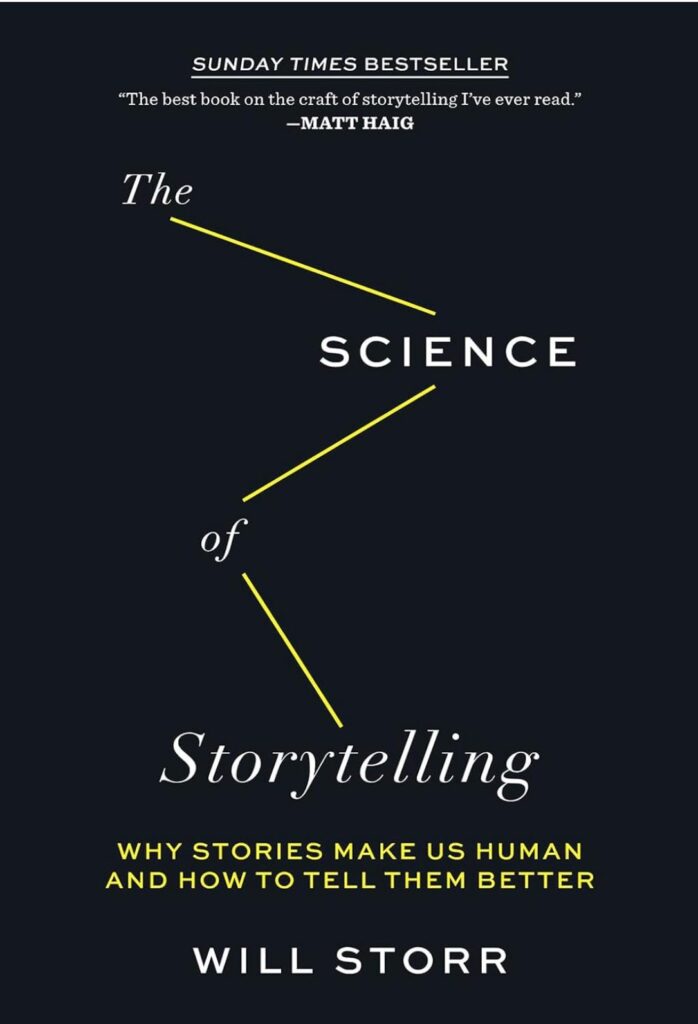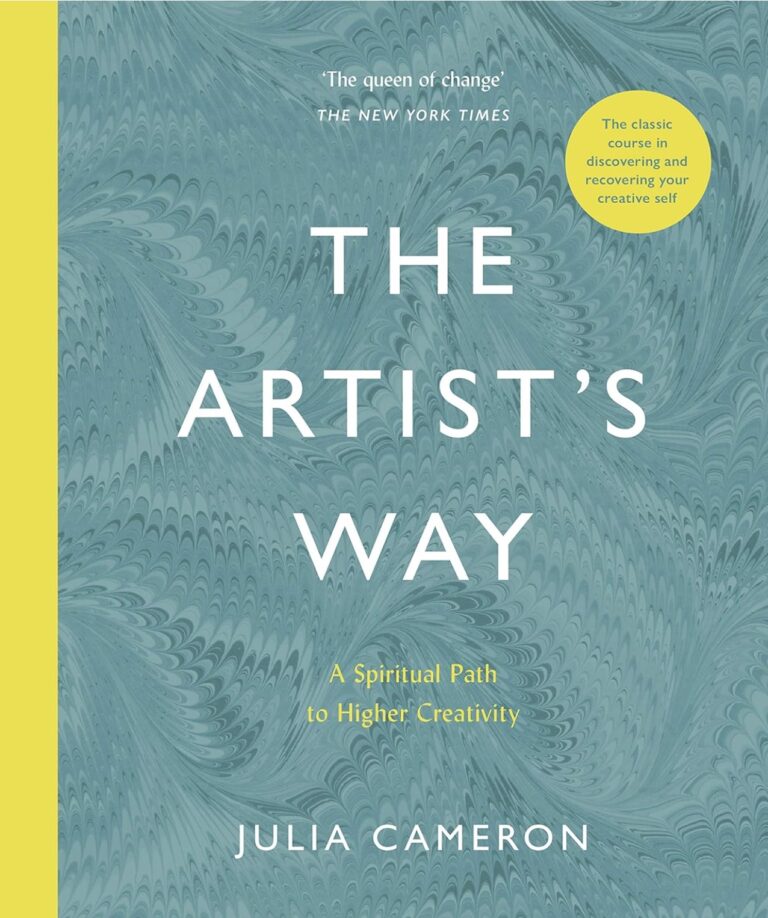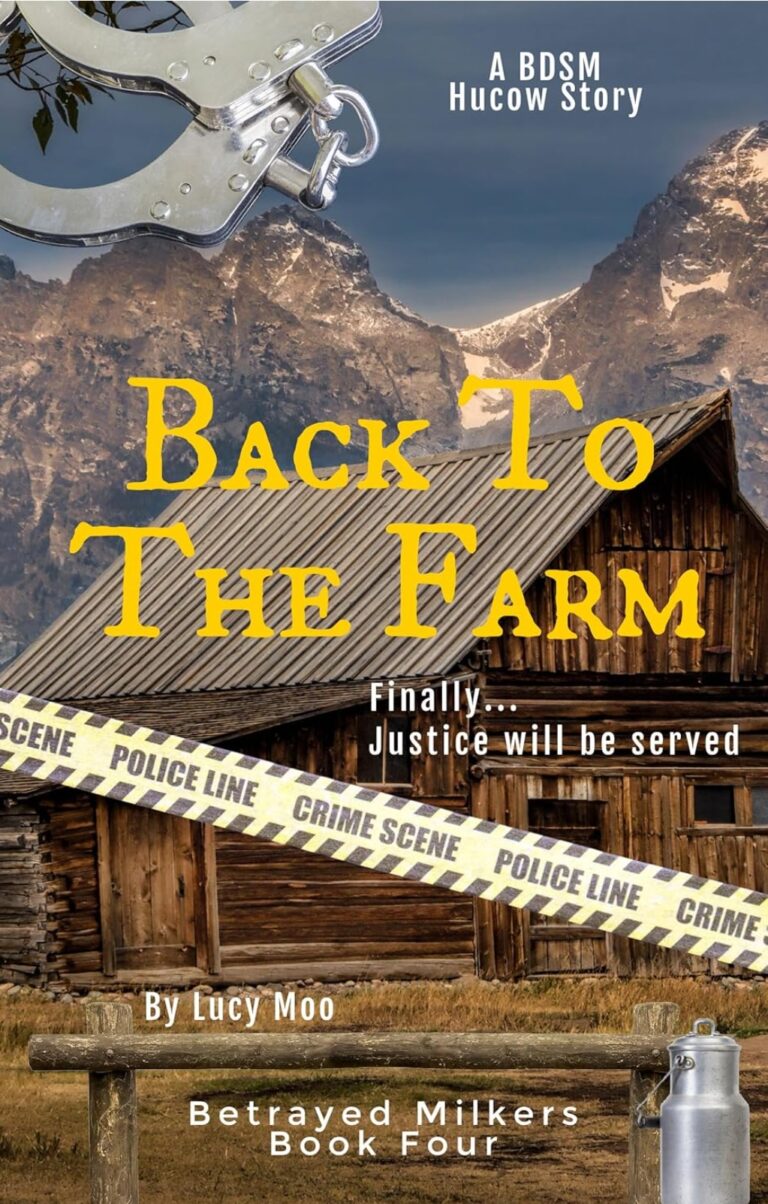As a Hucow story writer, understanding what your readers want is key to creating stories that not only captivate them but also keep them coming back for more. The Hucow genre is filled with unique elements like transformation, milking, breeding, and power dynamics, and readers come to these stories with specific expectations.
So, how do we tap into those expectations while still creating fresh, engaging tales? In my experience, it’s all about balancing familiar tropes with emotional depth and storytelling that feels immersive.
In this post, I’ll walk you through what I’ve learned from my readers and how I’ve adjusted my stories to meet their desires while keeping the narrative compelling. Whether you’re just starting out in the genre or looking to fine-tune your craft, these insights can help you create stories that truly resonate.
Table of Contents
ToggleThe Allure of Transformation
Transformation is one of the most essential elements of Hucow stories. It’s the moment where the character shifts from ordinary to something more—whether physically, emotionally, or both. Readers love to witness this change, and it’s one of the key hooks that draws them into Hucow stories.
Slow Burn vs. Sudden Transformation
One thing I’ve learned from reader feedback is that both slow-burn and sudden transformations have their fans. In a Hucow story I wrote, I opted for a slow transformation where the protagonist gradually began to notice changes in her body.
This built anticipation, and readers were hooked as each small shift led to something bigger. On the other hand, I’ve also written stories where the transformation happens in an instant, usually triggered by a milking or breeding scene. These moments can create an intense, immediate connection with the reader.
What’s important is to decide how the transformation fits within your story’s overall arc. If you want to build tension, a slow-burn approach can be incredibly effective. If you want to shock and awe, a sudden transformation might be the way to go.
Emotional Connection During Transformation
Readers aren’t just interested in the physical changes—they also crave an emotional connection. How does the character feel as her body changes? In one of my stories, the protagonist struggled with accepting her transformation at first. She feared losing her independence, but as the story progressed, she began to embrace her new identity. This internal journey made the physical transformation even more impactful for readers, who appreciated the emotional depth alongside the sensuality.
Milking: More Than Just a Sensual Act
Milking scenes are central to Hucow stories, but they need to be about more than just the physical act. Your readers want these moments to feel intimate, emotional, and meaningful. In my experience, the best milking scenes are those that move the story forward or deepen the relationship between the characters.
Creating an Intimate Atmosphere
In one of my stories, I made the first milking scene a tender, almost reverent moment. The protagonist was nervous, but the Alpha handled her with care, showing her that this was not just about control but also about trust. This made the scene feel more intimate and less transactional, which readers loved. They could feel the connection between the characters growing, and that emotional weight carried the story forward.
Exploring Power Dynamics
Milking is also a prime opportunity to explore the power dynamics between the Alpha and the Hucow. In another story I wrote, the Alpha exerted a strong, dominating presence during the milking scenes, reinforcing his control over the Hucow. This heightened the tension, especially because the Hucow was still resisting her transformation at the time. Readers responded positively to this balance of power, noting that it made the story more engaging.
Breeding: The Climax of Transformation
Breeding scenes are often the climactic moments in Hucow stories, marking the completion of the transformation process. For many readers, these scenes symbolize ultimate submission and fulfillment. But again, it’s not just about the act itself—it’s about what it represents for the characters.
Symbolic Completion of the Hucow’s Journey
In one Hucow story I wrote, the breeding scene was the moment where the protagonist fully accepted her role as a Hucow. Throughout the story, she had been resisting her transformation, but during the breeding scene, she finally let go of her previous life and surrendered to her new identity. This emotional shift made the scene much more impactful for readers, who could feel the weight of that decision.
Building Anticipation for Breeding
Breeding is a big deal in Hucow stories, so it’s important to build anticipation for these scenes. Readers want to feel the tension rising as the Hucow’s body changes and she becomes ready for breeding.
In a previous story, I dropped subtle hints throughout the narrative—her body becoming more sensitive, her emotions intensifying—until the moment of breeding arrived. This buildup kept readers on the edge of their seats and made the climax all the more satisfying.
Power Dynamics and Submission
At the heart of many Hucow stories are the power dynamics between the Alpha and the Hucow. Readers are drawn to the balance of control and submission, but it’s important to handle these dynamics in a way that feels authentic and engaging.
Establishing the Alpha’s Control
In Hucow stories, the Alpha typically holds control, but the way you establish that control can vary. In one of my stories, the Alpha was a calm, quiet figure who commanded respect through his actions rather than his words.
He didn’t need to assert his dominance loudly—it was clear from the way he moved and interacted with the Hucow. Readers loved this subtle approach to power, noting that it made the character more intriguing and the dynamic more compelling.
The Hucow’s Emotional Surrender
While the Alpha’s control is important, the Hucow’s emotional journey is just as crucial. Readers want to see the Hucow gradually submit—not just physically but emotionally. In one of my stories, the Hucow initially resisted the Alpha’s control, clinging to her independence.
But as the story progressed, she slowly surrendered, not just to the Alpha but to her own desires. This slow surrender added layers to the story, making the power dynamics feel more earned and emotionally satisfying.
Emotional Depth Beyond the Sensuality
While Hucow stories are undeniably erotic, readers still want emotional depth. They want to care about the characters and their journey, not just the steamy scenes. In my experience, adding layers of emotional conflict or growth can elevate a story from good to unforgettable.
Building Emotional Conflict
In one Hucow story I wrote, the protagonist struggled with the idea of losing her independence as she transformed. This internal conflict created tension, making her eventual surrender all the more satisfying.
Readers commented that they appreciated the emotional depth and felt more invested in the character’s journey because of it.
Tying Emotions to Sensuality
Another way to add emotional depth is to tie it directly to the sensual moments. In one of my stories, the Hucow’s emotional state was closely linked to her physical transformation.
As she became more comfortable with her body, she also became more comfortable with her emotions. This created a satisfying parallel between the physical and emotional journeys, which readers found particularly engaging.
Crafting a Satisfying Happily Ever After
At the end of the day, your readers want a Happily Ever After (HEA) that feels earned. After all the transformation, power struggles, and emotional growth, the HEA should tie everything together in a way that feels satisfying and complete.
Emotional and Physical Fulfillment
In one of my stories, the HEA was not just about the Hucow accepting her new life but also about finding emotional fulfillment with the Alpha. Readers loved that both characters had grown over the course of the story, making their final union feel more meaningful. It wasn’t just about physical submission—it was about emotional connection.
Leaving Readers Wanting More
A great HEA leaves readers satisfied but also eager for more. Whether that means writing a sequel or hinting at future stories within the same world, giving your readers a reason to stick around can help build a loyal audience.
In one of my Hucow series, I ended each book with a small tease of what was to come, keeping readers excited for the next installment.
Conclusion
Understanding what Hucow readers want is about more than just hitting the right tropes—it’s about creating a balance of sensuality, emotional depth, and satisfying storytelling.
Whether it’s through slow-burn transformations, emotionally charged milking scenes, or power dynamics that keep readers hooked, the goal is to craft stories that resonate on multiple levels. By tapping into what your readers love, you can create Hucow stories that leave a lasting impact.
References
- Hucow Writing Hub – A community resource for Hucow writers, offering insights into reader expectations.
- Writing Emotional Depth – A guide to adding emotional depth to romance and erotica stories.
- Transformation Themes in Romance – A look at how transformation can shape character development in romance fiction.
- Crafting Power Dynamics – Tips on writing complex power dynamics in romance genres.
- Milking Fiction Explained – A focused resource on writing compelling milking scenes in Hucow stories.
- Creating Emotional Conflict – A guide to adding internal and external conflict to character-driven stories.
- Breeding Tropes in Erotica – An exploration of breeding themes and how to integrate them effectively in Hucow and other erotica stories.
- Writing a Satisfying HEA – A comprehensive guide to crafting Happily Ever After endings that resonate with readers.







































